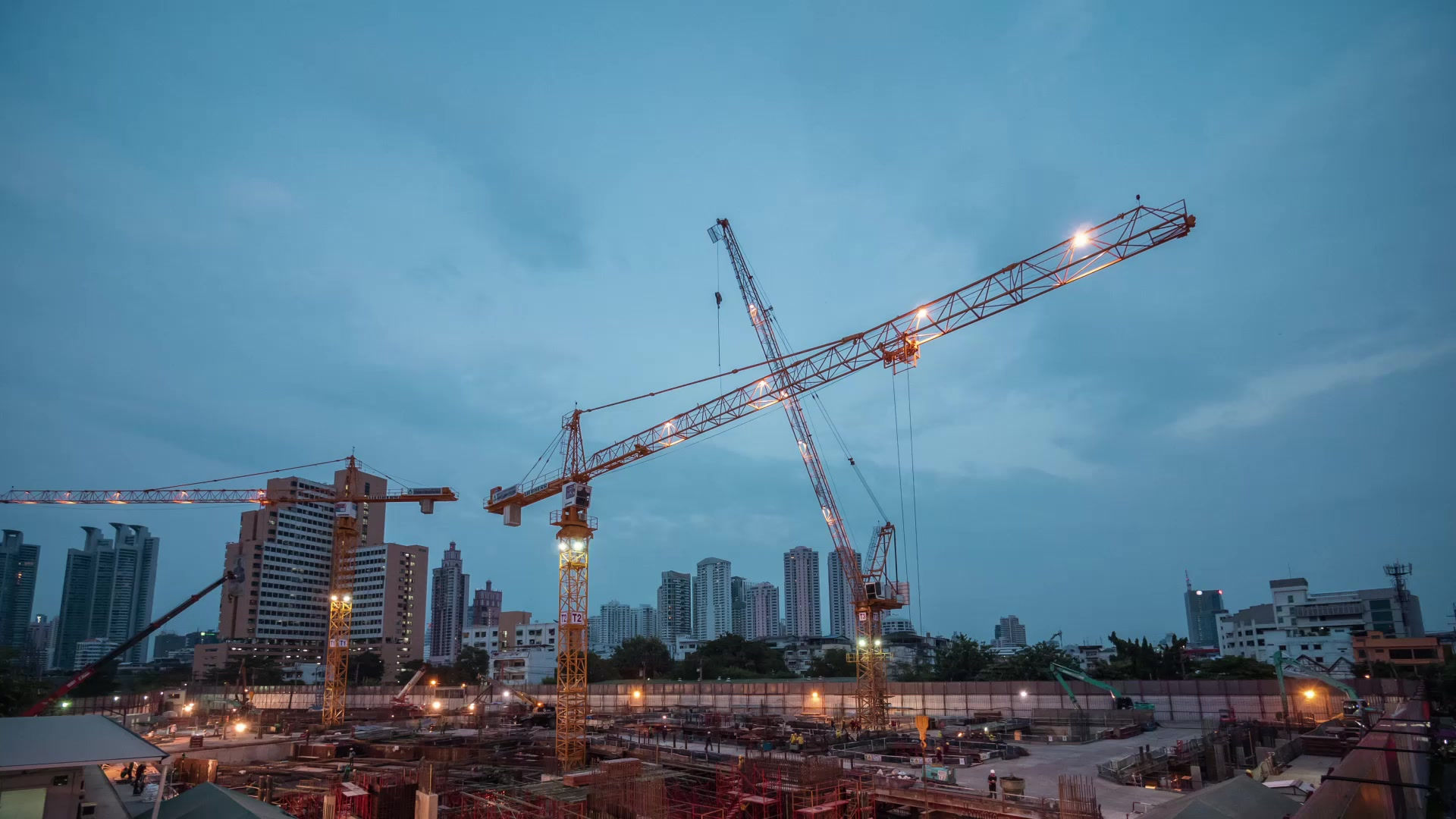Concrete Aggregate
- cissi72
- Mar 4, 2023
- 2 min read
Concrete is a durable and versatile building material, but it can still crack for several reasons. Some common reasons why concrete cracks include:
1. Shrinkage: As concrete dries and hardens, it can shrink slightly. This can cause small cracks to appear, especially if the concrete was not mixed properly or if it was poured too thin. 2. Settlement: If the ground beneath the concrete is not properly prepared or if the soil is unstable, the weight of the concrete can cause it to settle and crack. 3. Overloading: If too much weight or pressure is applied to the concrete, it can crack. This is especially true for concrete that is not thick enough or was not reinforced properly. 4. Freeze-thaw cycles: If water gets into the pores of the concrete and then freezes, it can cause the concrete to expand and crack. 5. Chemical reactions: Some chemicals, such as those found in certain types of soil or in deicing salts, can react with the concrete and cause it to crack.
Overall, concrete can crack for many different reasons, but proper design, construction, and maintenance can help minimize the risk of cracking.
What size aggregate is there in concrete?
Aggregate is one of the main components of concrete and is used to provide strength and stability to the final product. The size of the aggregate used in concrete can vary depending on the application and the specific requirements of the project. The most common sizes of aggregate used in concrete are:
1. Fine aggregate: This includes sand and smaller particles, typically smaller than 5mm in diameter. Fine aggregate is often used in concrete to fill in the spaces between larger particles. 2. Coarse aggregate: This includes larger particles such as gravel or crushed stone, typically ranging from 5mm to 40mm in diameter. Coarse aggregate is used in concrete to provide strength and stability, and is often the primary load-bearing component of the mixture. 3. Graded aggregate: This refers to a mix of different sizes of aggregate that are blended together to achieve specific characteristics, such as improved workability or increased strength.
The specific size and type of aggregate used in a concrete mix will depend on factors such as the application, the desired strength and durability of the final product, and the availability of materials in the local area.


Comments